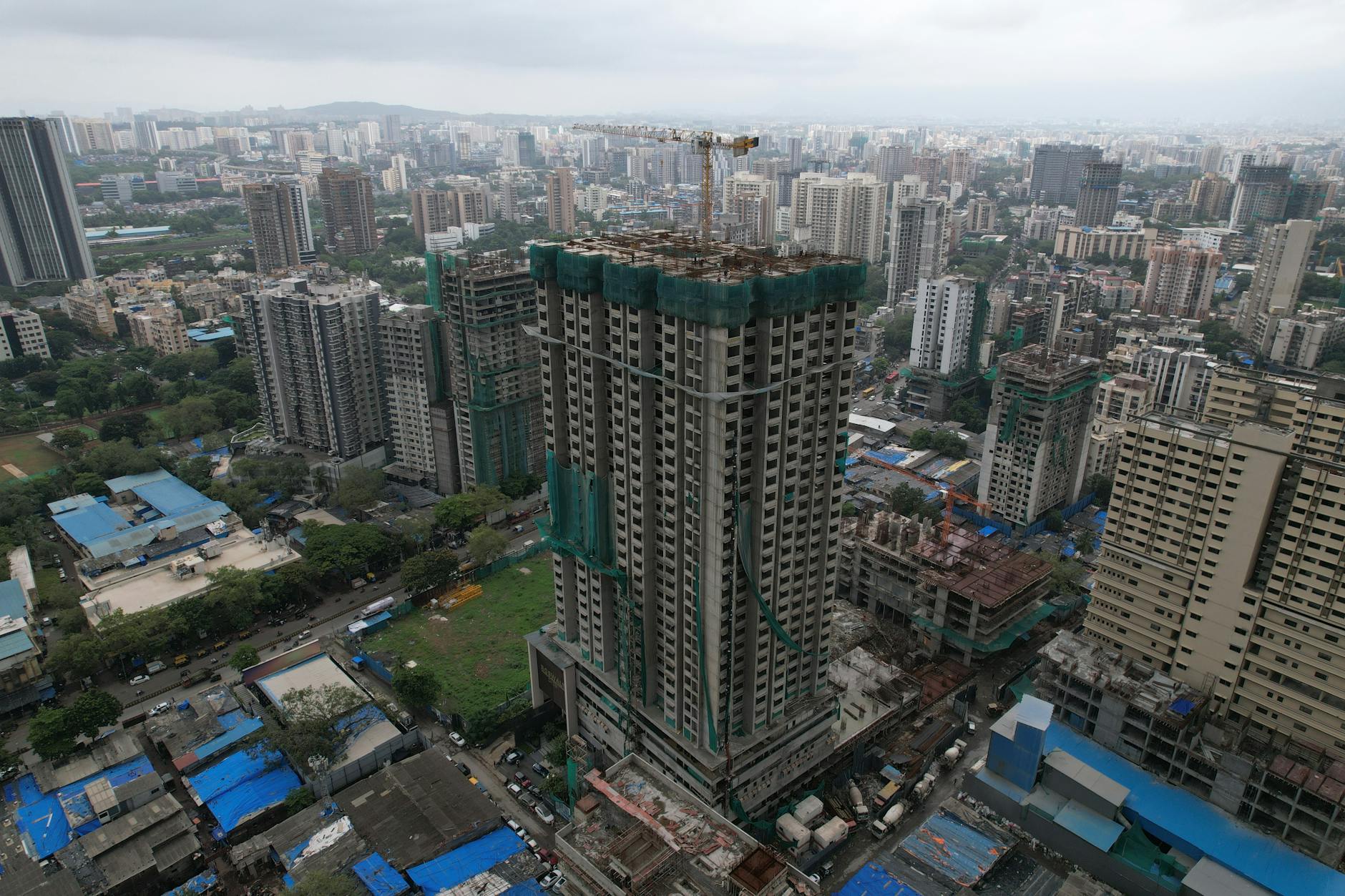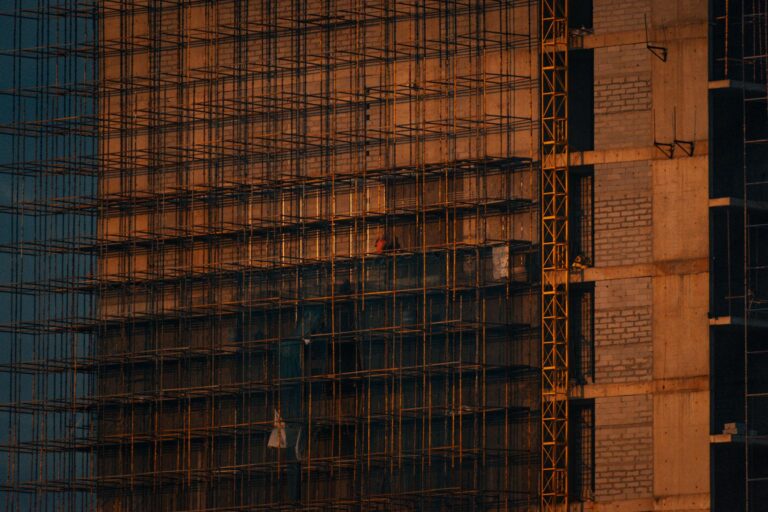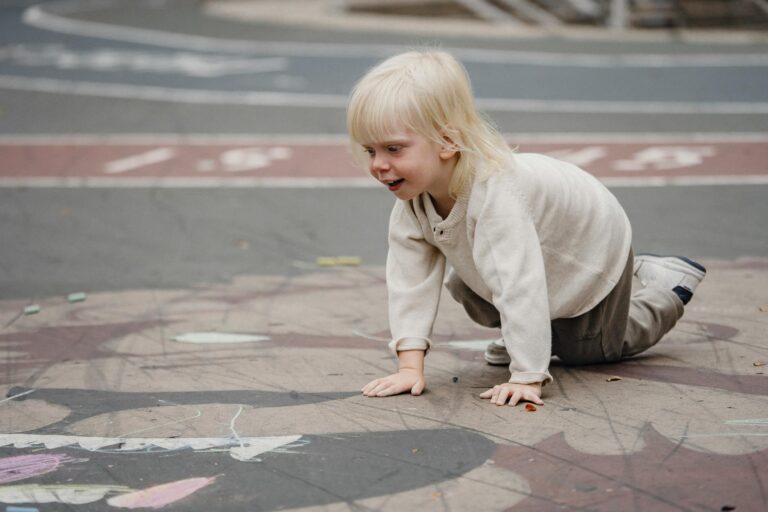Jamsetjee Jejeebhoy: The Man Who Built Mumbai With More Than Just Money
Picture this: 19th century Bombay, a city bursting at the seams with chaos and opportunity. In the middle of it all, a scrawny Parsi kid—orphaned, broke, selling empty bottles to get by—somehow ends up reshaping the city’s future. That’s Jamsetjee Jejeebhoy for you. Went from zero to baronet, but here’s the thing—his real legacy isn’t the fortune he made. It’s what he did with it.
1. The Street Kid Who Outsmarted Everyone
1.1 Not Your Typical Rags-to-Riches Story
Born in 1783, Jamsetjee had the kind of childhood that’d break most people. Parents gone by the time he was a kid, scrambling for odd jobs just to eat. But even back then, folks noticed something about him—the boy had brains. And not just book-smarts (though he picked up English, Gujarati, and even some Chinese somehow). Street-smarts, that gut instinct for opportunity. You know the type.
1.2 The Apprenticeship That Changed Everything
At 16, he lands a gig with a local trader. And here’s where it gets interesting—while everyone else is playing checkers, Jamsetjee’s playing chess. Cotton? Sure. Opium? Unfortunately, yes (more on that later). But the guy had this knack for being exactly where the money was flowing. By his mid-20s, he’s not just working the system—he’s rewriting the rules.
2. The Empire: Built on Opium, Saved by Conscience
2.1 That Opium Problem Nobody Wants to Talk About
Let’s be real—the opium trade was ugly business. Jamsetjee made a killing supplying Chinese markets through British ships. And yeah, it funded his philanthropy later. But you’ve got to wonder—did the guilt eat at him? Because here’s what happened next…
2.2 Smarter Than Your Average Millionaire
While other rich guys were busy buying bigger houses, Jamsetjee was investing in Bombay itself. Cotton mills. Shipping docks. Warehouses. The man basically built the city’s infrastructure before “infrastructure” was even a buzzword. Visionary doesn’t even cover it.
3. The Giveback: Where the Magic Happened
3.1 JJ Hospital—Because People Mattered More Than Profit
1843. The guy drops what would be millions today to start a hospital. But here’s the kicker—he insisted it treat everyone. Hindu, Muslim, Parsi, poor as dirt or rolling in cash. That was radical then. Hell, it’d be radical now. Today? Still saving lives daily.
3.2 The Art School That Shaped India’s Culture
Ever heard of M.F. Hussain? Tyeb Mehta? Yeah, they came through Sir JJ School of Art. Jamsetjee didn’t just throw money at problems—he planted seeds. The orphanages he funded? Taught actual skills, not just handouts. The man understood something most don’t—charity shouldn’t create dependence.
3.3 Water, Famine Relief, and… Women’s Rights?
Pipeline systems when the city was thirsty. Food when famine hit. But what really blows my mind? He backed widow remarriage and girls’ education in the 1800s. Talk about being ahead of your time.
4. The Knighthood and All That Jazz
4.1 Queen Victoria’s Favorite Indian
1857—boom, first Indian baronet. The British loved him (convenient, right?). But here’s my take: he played their game to fund his own agenda. Every rupee he got from them went right back into Bombay’s streets.
4.2 Why Mumbai Still Remembers
Next time you’re in Mumbai, look around. JJ Hospital. JJ Gardens. The art school. It’s all him. But more than buildings, he left a blueprint—Tatas, Birlas, they all took notes. Wealth isn’t about yachts; it’s about lifting people up.
5. The Messy Parts We Can’t Ignore
5.1 That Opium Money Dilemma
Here’s the uncomfortable truth—can “bad” money do good? The hospitals saved lives, but the opium trade ruined others. No easy answers here.
5.2 Colonial Puppet or Master Strategist?
Some say he was too cozy with the British. I say watch where the money flowed—straight past colonial pockets into Indian hands. Sometimes you’ve got to dance with the devil to build heaven.
Final Thought: The Contradiction That Changed a City
Jamsetjee Jejeebhoy was walking, talking paradox. Made millions on human misery, then spent it saving lives. Worked with colonizers to empower the colonized. But here’s what matters—when history books fade, his hospitals still heal, his schools still teach, his city still stands taller because he cared. That’s legacy. And that’s why, 200 years later, we’re still talking about a street kid who dared to dream bigger.
Source: News18 Hindi – Nation












